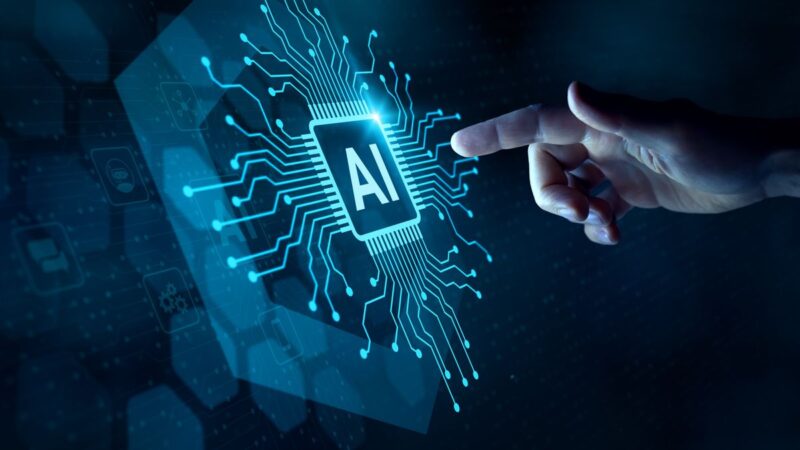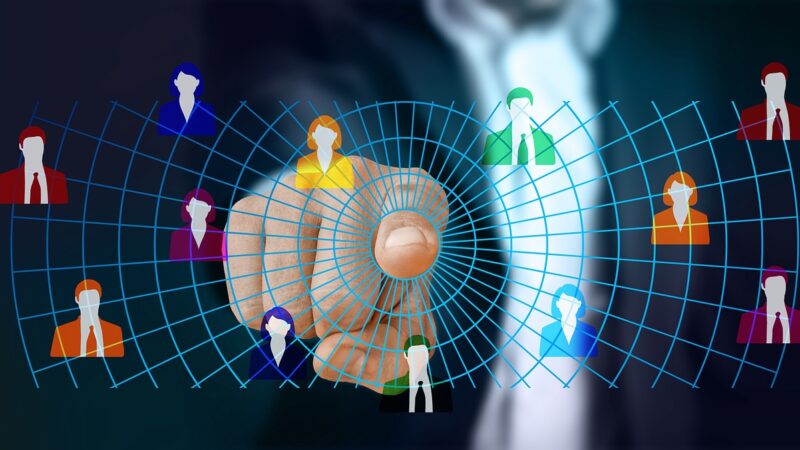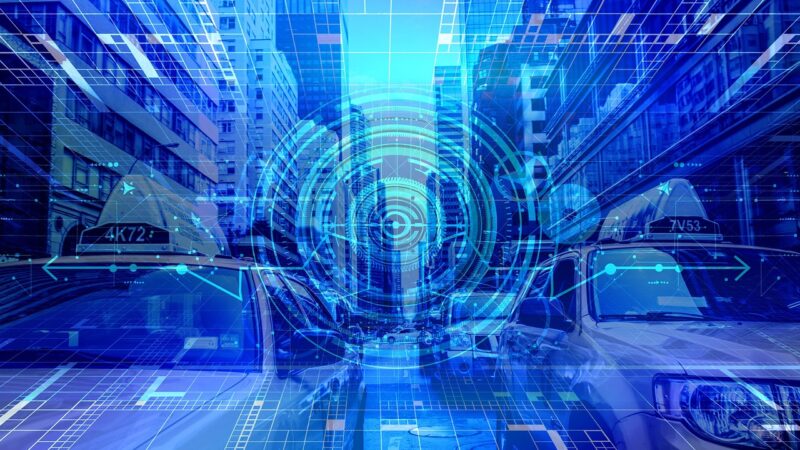How Artificial intelligence AI is Changing the Face of the World in 2025
Artificial Intelligence (AI) has moved beyond being just a buzzword—it’s now the driving force behind innovations reshaping industries, economies, and everyday life. From healthcare and education to transportation and entertainment, AI is revolutionizing how we live, work, and interact with technology.
In 2025, AI is not simply about automation; it’s about augmentation—helping humans think faster, work smarter, and solve complex global challenges. Companies are embedding AI into products, governments are exploring AI governance, and individuals are using AI assistants to manage everything from schedules to investments.
This article explores how AI is changing the face of the world, diving into real-world examples, emerging trends, and challenges. Whether you’re a business leader, student, or curious reader, you’ll gain an understanding of how AI is shaping the future and how you can harness its potential.
1. AI in Healthcare: Saving Lives Faster
AI is transforming healthcare in ways once thought impossible.
- Medical Imaging & Diagnostics: AI-powered imaging tools can detect diseases such as cancer, heart conditions, and neurological disorders with accuracy rates rivaling (and sometimes surpassing) human doctors.
- Drug Discovery: AI platforms are shortening drug development cycles from years to months by simulating chemical interactions and predicting successful compounds.
- Personalized Treatment: Machine learning algorithms analyze patient genetics, lifestyle, and history to recommend custom treatment plans.
- Predictive Analytics: Hospitals use AI to anticipate patient needs, forecast bed occupancy, and prevent outbreaks.
Example: In 2024, researchers used AI to detect early signs of Alzheimer’s disease from brain scans up to 7 years before symptoms appear—giving patients more time for intervention.
2. AI in Education: Personalized Learning at Scale
Education is moving away from “one-size-fits-all” toward personalized learning journeys.
- Adaptive Learning Platforms: AI tailors lessons to a student’s pace, strengths, and weaknesses.
- Language Learning: Tools like Duolingo and ChatGPT-style assistants give real-time feedback, making language acquisition faster and more engaging.
- Automated Grading & Feedback: Teachers save hours each week as AI handles repetitive grading tasks.
- Virtual Tutors: Students in remote areas can access AI tutors, breaking down barriers to quality education.
Impact: UNESCO reports that AI-powered learning tools could help address global teacher shortages by providing supplemental instruction to millions of students.
3. AI in Business & Industry: Efficiency Redefined
Businesses are harnessing AI to streamline operations, reduce costs, and drive innovation.
- Customer Service Automation: Chatbots handle millions of inquiries daily, offering 24/7 support.
- Predictive Maintenance: Manufacturing plants use AI to predict machine failures before they happen, reducing downtime.
- Supply Chain Optimization: AI forecasts demand, adjusts inventories, and streamlines logistics.
- Decision Support: Executives use AI analytics to make data-backed strategic choices.
Example: Amazon uses AI to optimize warehouse operations, saving billions annually through automation and demand forecasting.
4. AI in Transportation: Smarter, Safer, Greener
AI is steering transportation into a new era.
- Self-Driving Vehicles: Autonomous cars, trucks, and drones are reducing accidents caused by human error.
- Traffic Management: AI analyzes live traffic data to optimize signal timings, reducing congestion.
- Public Transport Efficiency: AI predicts passenger demand, helping transit agencies optimize schedules.
- Sustainable Mobility: Electric vehicle battery performance is enhanced with AI-driven charging and route planning.
Highlight: By 2030, AI-powered traffic management could reduce urban commute times by up to 25%.
5. AI in Climate Change & Sustainability
AI is a powerful ally in the fight against climate change.
- Energy Optimization: AI predicts energy demand and balances supply from renewable sources.
- Climate Modeling: Advanced simulations help scientists predict extreme weather events with greater accuracy.
- Waste Reduction: AI-driven robotics improve recycling sorting accuracy, increasing recovery rates.
- Agriculture: AI optimizes irrigation, fertilizer use, and crop rotation to improve yields while reducing environmental impact.
Case Study: Google DeepMind reduced energy usage in data centers by 40% using AI-driven cooling system optimization.
6. AI in Creative Industries
Contrary to fears that AI will replace creativity, it’s opening new creative frontiers.
- Music & Art: AI composes music, paints, and generates visuals in unique styles.
- Writing & Storytelling: Tools like ChatGPT help writers brainstorm, edit, and create narratives faster.
- Game Development: AI designs levels, characters, and even adaptive storylines for immersive gaming experiences.
- Film Production: AI assists with script analysis, casting predictions, and even special effects generation.
Note: The rise of generative AI also raises questions about originality and copyright, which policymakers are addressing.
7. AI in Security & Law Enforcement
AI is playing a role in keeping communities safe.
- Predictive Policing: Algorithms analyze crime patterns to deploy resources effectively (though this raises ethical concerns).
- Cybersecurity: AI detects and neutralizes threats faster than traditional systems.
- Surveillance: Computer vision identifies suspicious activities in real time.
- Fraud Detection: Financial institutions use AI to spot unusual transactions and prevent fraud.
Challenge: Balancing security with privacy remains a major policy discussion worldwide.
8. AI in Finance: Smarter Money Management
Finance has embraced AI to deliver better insights and services.
- Algorithmic Trading: AI predicts market trends and executes trades in milliseconds.
- Personal Finance Management: Apps recommend spending adjustments and investment opportunities.
- Credit Scoring: AI considers alternative data (like payment patterns) to assess creditworthiness.
- Risk Management: Banks use AI models to identify and mitigate potential risks.
Impact: JP Morgan’s AI-driven contract analysis saved over 360,000 hours of legal work annually.
9. AI in Everyday Life
AI is now part of our daily routines, often in ways we barely notice.
- Voice Assistants: Siri, Alexa, and Google Assistant manage schedules, play music, and control smart homes.
- Recommendation Engines: Netflix, YouTube, and Spotify personalize content suggestions.
- Smart Appliances: Fridges that track food expiry dates, ovens that adjust cooking times, and more.
- Language Translation: Real-time translation apps enable smoother cross-cultural communication.
10. Ethical Challenges & Considerations
With great power comes great responsibility.
- Bias in AI: Algorithms can perpetuate societal biases if trained on biased data.
- Job Displacement: Automation may replace certain jobs, requiring reskilling programs.
- Privacy: Data collection for AI raises concerns about surveillance and misuse.
- Regulation: Governments worldwide are working to create AI governance frameworks.
Insight: The EU’s AI Act is one of the most comprehensive legislative frameworks for ethical AI use.
The Road Ahead: AI’s Future in the Next Decade
In the next decade, AI will become even more integrated, intuitive, and invisible. We’ll see AI blending seamlessly into everyday tools, medical breakthroughs powered by AI-driven genetics, and real-time translation erasing language barriers completely.
However, the success of this transformation depends on collaboration between technology creators, regulators, and society at large to ensure AI benefits everyone, not just a privileged few.
Frequently Asked Questions (FAQs)
Not completely. AI will automate certain repetitive or data-heavy tasks, but it will also create new roles in AI development, maintenance, ethics, and integration. The focus should be on reskilling and adapting to a future where humans and AI work together.
When implemented with proper oversight, regulation, and transparency, AI can be highly effective and safe. However, unchecked AI use can lead to errors or bias. Human oversight is essential in critical decision-making.
Start by identifying areas where AI can provide quick wins—like automating customer service or optimizing supply chains. Then, choose the right AI tools, ensure quality data inputs, and provide training for employees to work effectively with AI.
Conclusion
AI is no longer the technology of the future—it’s the technology of right now, redefining how we live, work, and interact. From saving lives in hospitals to tackling climate change and boosting global productivity, AI’s potential is immense.
However, this transformation comes with challenges that require thoughtful navigation: ensuring fairness, protecting privacy, and equipping people with the skills to thrive alongside AI. The question is not whether AI will change the face of the world—it already has. The question is: how will we shape AI’s role in creating a better, more inclusive future?
By embracing AI responsibly, we can unlock innovations that benefit society, fuel economic growth, and solve problems once thought impossible.






